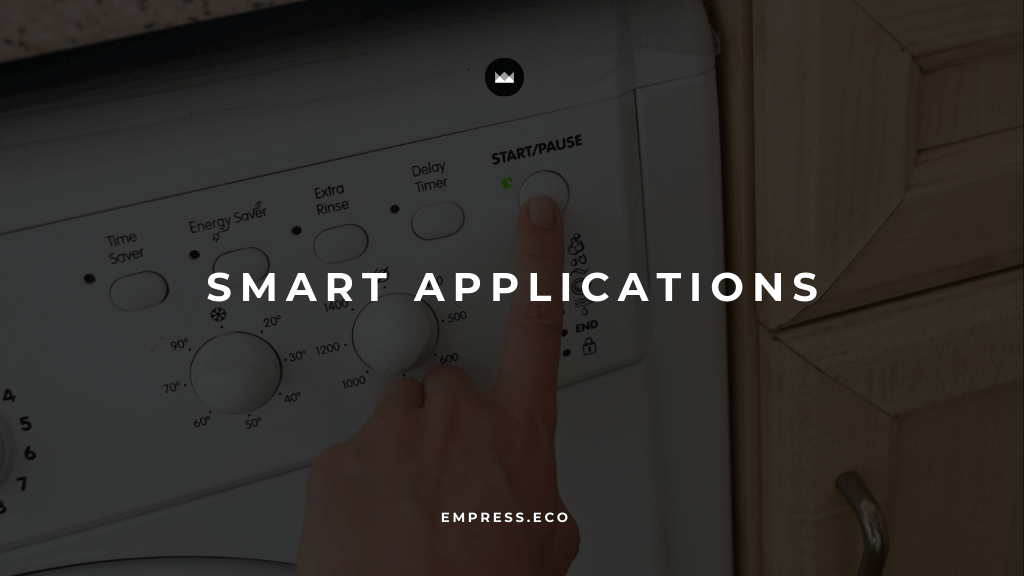The modern workplace is undergoing a significant transformation, driven by advancements in technology and a growing focus on employee well-being. At the heart of this transformation is the concept of smart spaces—work environments that leverage intelligent automation to enhance productivity, comfort, and overall efficiency. As we look toward the future, smart spaces are becoming essential for businesses that want to create adaptive, responsive, and engaging workplaces. In this blog, we’ll explore the latest advancements in smart spaces and how they are shaping the workplace of tomorrow.
The Rise of Smart Spaces
Smart spaces are environments where digital technologies and intelligent systems work together to create a seamless and efficient experience for occupants. These spaces are designed to be adaptive, responding to the needs and preferences of the people who use them. By integrating various technologies such as the Internet of Things (IoT), artificial intelligence (AI), and data analytics, smart spaces can optimize everything from energy usage to workspace allocation, making them highly efficient and user-friendly.
In the context of the workplace, smart spaces are revolutionizing how businesses operate. They are not just about automating tasks or improving energy efficiency; they are about creating environments that actively contribute to the well-being and productivity of employees. As the workplace continues to evolve, smart spaces are set to play a critical role in defining the future of work.
Key Features of Smart Spaces
The effectiveness of smart spaces lies in their ability to integrate multiple technologies to create an intelligent, responsive environment. Here are some of the key features that make smart spaces transformative for the workplace:
Intelligent Automation
Intelligent automation is at the core of smart spaces. By using AI and machine learning, smart systems can manage and optimize a wide range of workplace functions automatically. This includes adjusting lighting and temperature based on occupancy, optimizing energy usage, and even managing security systems. The goal is to create an environment that adjusts in real-time to the needs of the occupants, enhancing comfort and productivity .
For example, a smart office might use sensors to detect when a meeting room is occupied and automatically adjust the lighting and temperature to optimal levels. If the room is empty, the system could turn off lights and reduce heating or cooling to save energy. This level of automation not only improves the work environment but also reduces operational costs.
Enhanced Connectivity
Smart spaces rely on a high level of connectivity to function effectively. The integration of IoT devices allows for seamless communication between different systems, creating a unified environment where everything works together harmoniously. This connectivity extends to the devices used by employees, allowing them to interact with the environment through their smartphones or other personal devices .
Imagine walking into your office and having your smartphone automatically connect to the building’s network, allowing you to control the lighting at your desk, book a meeting room, or even order your favorite coffee from the cafeteria. Enhanced connectivity makes these interactions smooth and intuitive, reducing friction and enhancing the user experience.
Data-Driven Insights
One of the most powerful aspects of smart spaces is their ability to generate and analyze data. By collecting data from various sensors and systems, smart spaces can provide valuable insights into how the workplace is being used. This data can inform decisions about space utilization, energy management, and even employee well-being .
For instance, data collected from occupancy sensors can reveal which areas of the office are underutilized, allowing businesses to reconfigure their spaces to better meet employee needs. Similarly, analyzing air quality data can help improve ventilation systems, ensuring a healthier work environment.
Personalization
A key benefit of smart spaces is their ability to offer personalized experiences for employees. Through the use of AI and data analytics, smart systems can learn individual preferences and adjust the environment accordingly. Whether it’s adjusting the temperature at an employee’s workstation or customizing the lighting in a meeting room, personalization can significantly enhance comfort and productivity .
For example, if an employee prefers a cooler work environment, the smart system can adjust the temperature in their area as soon as they arrive at the office. This level of personalization makes the workspace more comfortable and tailored to individual needs, leading to increased job satisfaction and productivity.
Transforming the Workplace with Smart Spaces
Smart spaces are not just about technology; they are about creating environments that support the way people work and interact. Here are some ways in which smart spaces are transforming the modern workplace:
Boosting Productivity
One of the primary goals of smart spaces is to enhance productivity. By creating environments that are comfortable, efficient, and tailored to the needs of employees, smart spaces help workers focus on their tasks without unnecessary distractions. Automated systems that manage lighting, temperature, and noise levels can reduce the cognitive load on employees, allowing them to concentrate better and work more effectively .
For instance, a smart workspace might automatically adjust the lighting to reduce glare on computer screens, minimizing eye strain and making it easier for employees to focus on their work. Additionally, smart meeting rooms can streamline the setup process by automatically configuring AV equipment and adjusting the room’s ambiance to suit the type of meeting, saving time and reducing stress.
Enhancing Well-Being
Employee well-being is a growing concern for businesses, and smart spaces offer a solution by creating environments that promote health and comfort. Smart systems can monitor air quality, humidity, and lighting to ensure that the workspace is conducive to physical and mental well-being. Features like adjustable lighting that mimics natural daylight can help regulate circadian rhythms, reducing fatigue and improving mood .
Consider a smart office where air quality sensors detect an increase in CO2 levels and automatically adjust the ventilation system to bring in more fresh air. This proactive approach not only maintains a healthy environment but also enhances cognitive function, as studies have shown that better air quality can lead to improved concentration and decision-making.
Facilitating Collaboration
Collaboration is essential in today’s workplace, and smart spaces can enhance collaborative efforts by making it easier for teams to connect and work together. Smart meeting rooms equipped with advanced video conferencing systems, interactive displays, and wireless sharing capabilities make it easy for teams to collaborate, whether they are in the same room or spread across the globe .
For example, a smart meeting room might automatically detect when a meeting is about to start and prepare the room by turning on the displays, connecting remote participants, and adjusting the lighting for optimal video quality. These automated processes eliminate the technical hassles often associated with meetings, allowing teams to focus on the discussion and collaboration.
Optimizing Space Utilization
As businesses grow and evolve, space utilization becomes a critical factor in maintaining an efficient workplace. Smart spaces can optimize the use of available space by monitoring occupancy and analyzing how different areas are used. This data-driven approach allows businesses to make informed decisions about office layouts, resource allocation, and even whether additional space is needed .
For instance, if data shows that certain workstations are rarely used, a business might decide to reconfigure the office layout to create more collaborative spaces or introduce hot-desking to maximize efficiency. By optimizing space utilization, smart spaces help businesses reduce costs while ensuring that employees have the environment they need to be productive.
The Future of Smart Workspaces
The future of smart workspaces is bright, with continuous advancements in technology poised to make these environments even more intelligent and responsive. As AI and IoT technologies evolve, we can expect smart spaces to become more intuitive, learning from user interactions and adapting to changes in real-time. This will lead to workplaces that are not only efficient and comfortable but also dynamic and adaptable to the needs of the future workforce.
Integration with AI and IoT
The integration of AI and IoT is central to the development of smarter workspaces. As these technologies become more sophisticated, smart spaces will be able to anticipate the needs of occupants and make adjustments proactively. For example, an AI-powered system might analyze data on employee movement patterns to optimize workspace layouts, ensuring that frequently used areas are easily accessible and comfortable .
Moreover, the continued development of IoT devices will enable even more granular control over the workplace environment. From personalized lighting and temperature settings to advanced security systems that adapt to changing conditions, the possibilities are endless.
Sustainability and Smart Spaces
Sustainability is another area where smart spaces can make a significant impact. By optimizing energy usage, reducing waste, and improving resource management, smart spaces contribute to a more sustainable workplace. For businesses committed to reducing their carbon footprint, the adoption of smart space technologies offers a tangible way to achieve these goals while also enhancing operational efficiency .
For example, smart lighting systems that adjust based on natural light levels not only create a more pleasant work environment but also reduce energy consumption. Similarly, smart HVAC systems that adapt to occupancy levels can significantly lower heating and cooling costs, contributing to a more sustainable operation.
Conclusion: Embracing the Future of Work with Smart Spaces
As we look to the future, the role of smart spaces in the workplace will only continue to grow. By embracing intelligent automation and creating environments that enhance productivity, well-being, and collaboration, businesses can prepare themselves for the challenges and opportunities of the modern work environment. Smart spaces are not just a trend; they are the foundation of the workplace of the future, offering a strategic advantage for businesses that want to stay ahead in a rapidly changing world.
Call to Action: Ready to transform your workplace into a smart space? Contact us today to learn how Amaya by Empress can help you create intelligent environments that boost productivity, enhance well-being, and drive success.



